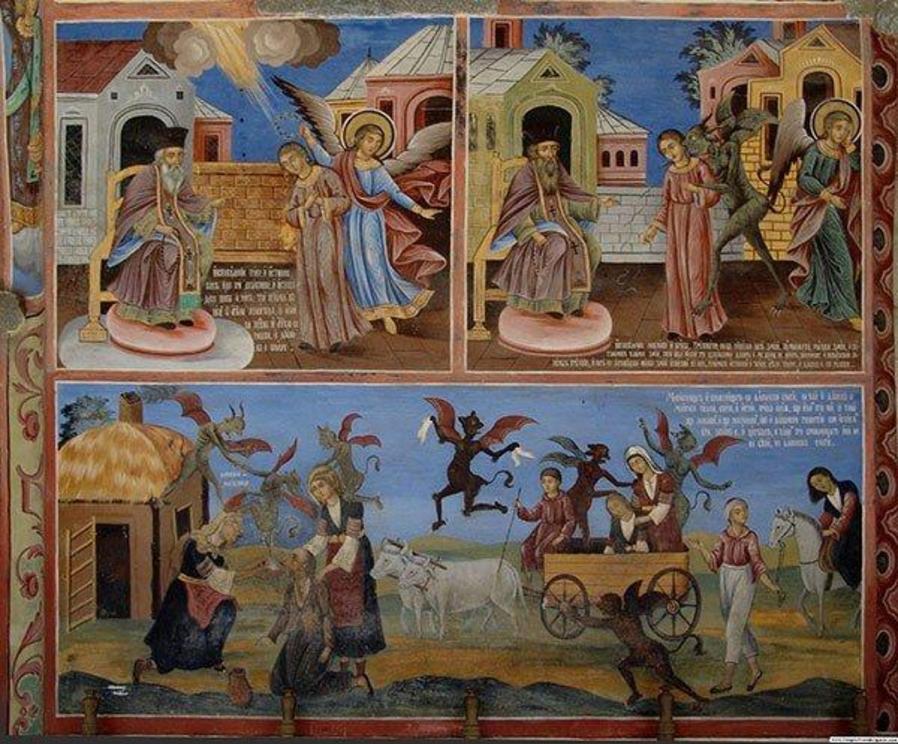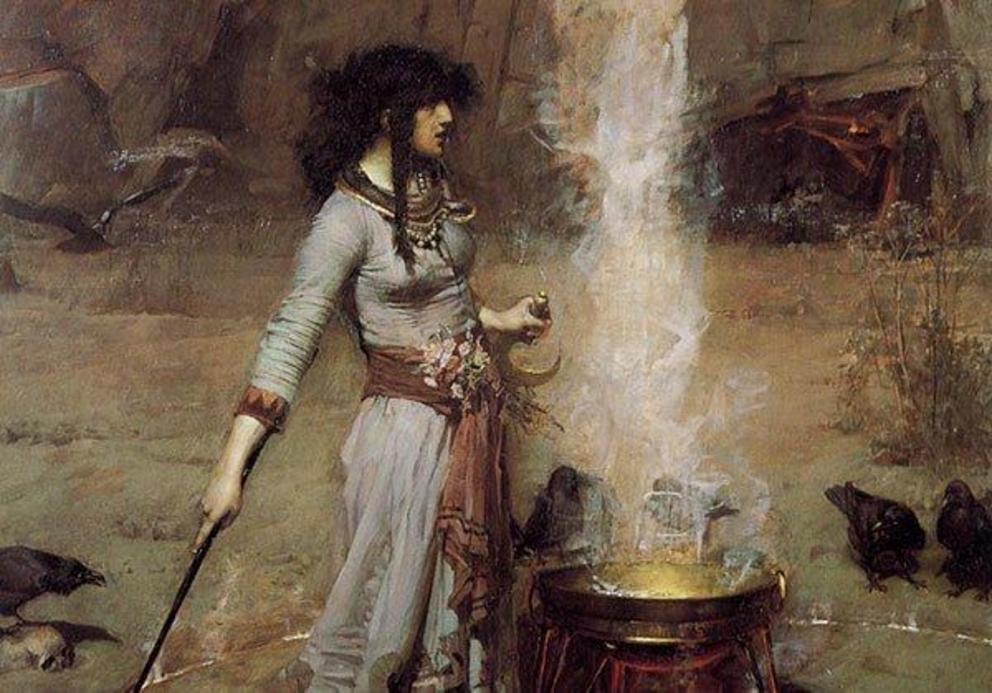The historical origins of the witch
Magic Circle
While witches might envoke images of hook-nosed women, the history of witches tells us that their origins are far less sinister.
A fearsome being of fairytale and myth, the witch has carved out a home in nearly every culture across the world and time. Indeed, the witch represents the dark side of the female presence: she has power that cannot be controlled.
While this time of year brings about depictions of aging, ugly, hook-nosed women surrounding their cauldrons and inflicting toil and trouble on the masses, history tells us that the witch’s origins are far less sinister. In fact, those whom we consider to be witches have often been healers.
Carole Fontaine, an internationally recognized American biblical scholar, argues in an interview that the idea of the witch has been around as long as humanity has tried to deal with disease and avert disaster.
In the earliest centuries of human civilization, witches were the women who served the goddesses and therefore were revered throughout their communities.
In the Middle East, ancient civilizations not only worshiped powerful female deities, but it was often women who practiced the holiest of rituals. Trained in the sacred arts, these priestesses became known as wise women, and may have been some of the earliest manifestations of what we now recognize as the witch.
These wise women made house calls, delivered babies, dealt with infertility, and cured impotence. According to Fontaine,
What’s interesting about them is that they are so clearly understood to be positive figures in their society. No king could be without their counsel, no army could recover from a defeat without their ritual activity, no baby could be born without their presence.
So how did the benevolent image of a wise woman transform into the malevolent figure of the witch we know today?
Some scholars maintain that the answer may be linked to events long before the birth of Christ, when Indo-Europeans expanded westward, bringing with them a warrior culture that valued aggression and male Gods of War, which dominated the once-revered female deities.
Others believe that when the Hebrews settled in Canaan 1300 years before the common era, their male-centric — and monotheistic — view of creation came along for the ride. Obeying laws of the Bible, Hebrews believed witchcraft to be dangerous, and prohibited it as a pagan practice.
 A painting in the Rila Monastery in Bulgaria, condemning witchcraft and traditional folk magic.
A painting in the Rila Monastery in Bulgaria, condemning witchcraft and traditional folk magic.
Centuries later, this fear of witches spread to Europe. In the 1300s, when the plague decimated Europe and killed one in three people, it also brought with it hysteria.
Amid the panic, many attributed their misfortune to the Devil himself — and his supposed worshipers. At this point the Catholic Church’s Inquisition, which had already been established for decades, expanded its efforts to seek out and punish the non-Catholic causes of the mass deaths, including Devil-doting witches.
These women were believed to worship in large nocturnal assemblies, where various social ills were performed, such as promiscuous sex, naked dancing, and gluttonous feasting on the flesh of human infants. At the climax of this festival, people at the time believed that the Devil himself would appear and participate in an unbridled orgy with all attendants.
In order to save the Church and its followers from the Devil, then, these women had to be tamed. It is with that in mind that Catholic Church inquisitors Jacob Springer and Henrik Kramer wrote the Malleus Maleficarum, a book which assisted witch hunters in the gruesome task of diagnosing and punishing so-called witches, who as women were sexually vulnerable and therefore easy prey for the Devil.
“What else is a woman but a foe to friendship?” wrote the monks. “They are evil, lecherous, vein, and lustful. All witchcraft comes from carnal lust, which is, in women, insatiable.”
The manual’s vivid descriptions would serve as a platform for zealous witch hunters to act on their prejudices for over 200 years. At the time, Malleus Maleficarum was second to the Bible in terms of popularity.
Fontaine notes that while there had been witch hunting manuals prior to the publication of the Malleus Malificarum, these two monks were the first to associate a specific gender with witchcraft.

